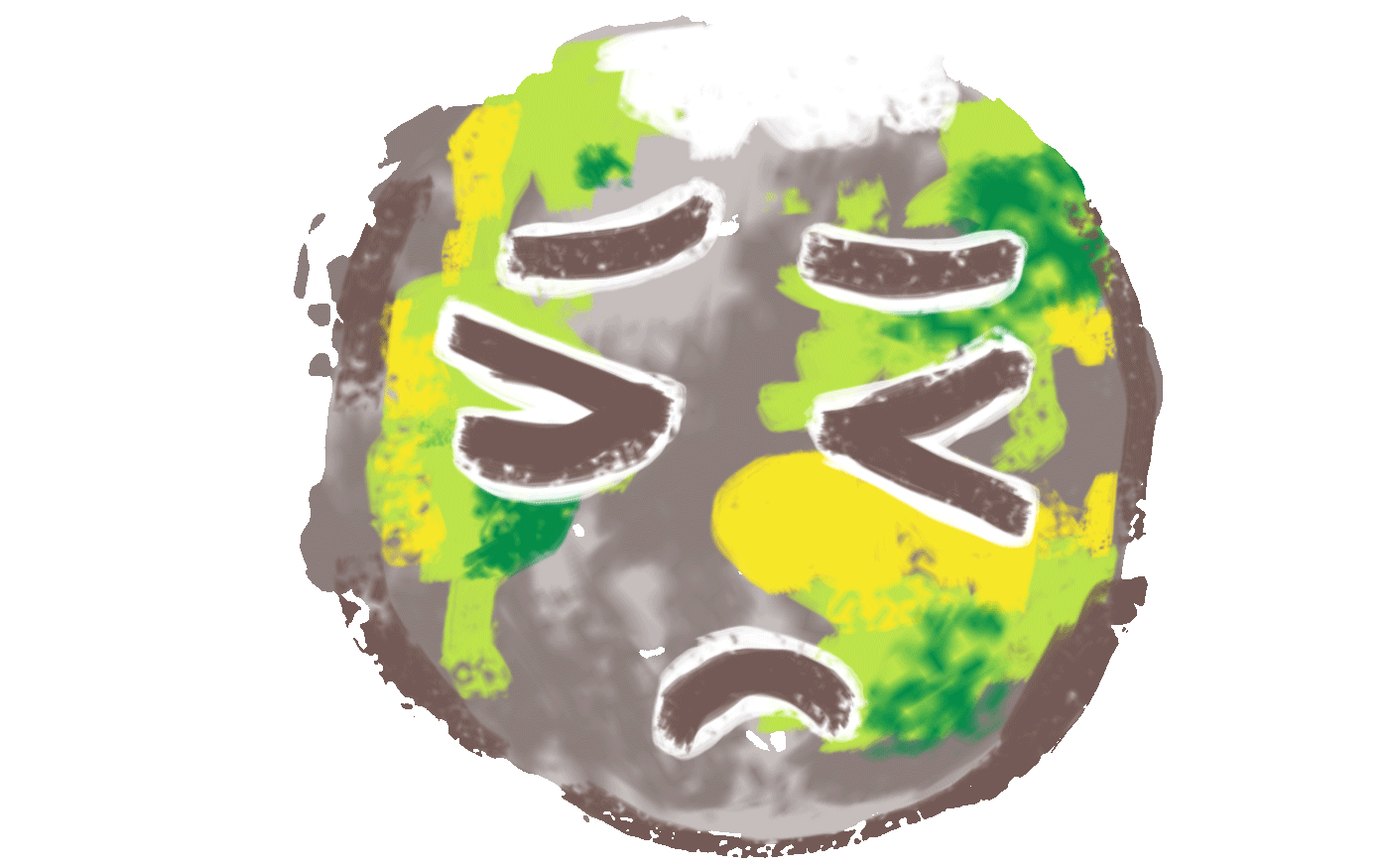
#001
WHAT IS ZERO-WASTE
The simple answer:
We aim to send nothing to a landfill. We reduce what we need, reuse as much as we can, send little to be recycled, and compost what we cannot.
The less simple answer:
It’s really about redefining the system. We currently live in a linear economy where we take resources from the earth and then dump them in a giant hole in the ground. The goal of zero waste is to move to a circular economy where we write trash out of existence. The circular economy mimics nature in that there is no trash in nature.
Instead of discarding resources, we create a system where all resources can be resumed fully back into the system.
 |  |  |  |
|---|---|---|---|
 |  |  |  |
 |  |  |  |
 |  |  |  |
 |
Help! I can't breathe!
Try clearing out all the trash.
can't we recycle
our way out of this
Unfortunately, no.
There’s simply too much to process, and we’re just consuming way too much. Recycling isn’t a perfect solution. While it plays into the solution, we have to lessen our dependence. Did you know, only 9% of plastic is actually recycled?
Malaysians have had to contend with our own waste – a reported 38,000 tonnes daily, enough to fill the KLCC Twin Towers every seven days. We live in a disposable society where we don’t value our belongings, and we’re consuming way too many resources.
There’s a reason recycle is LAST. “Reduce, Reuse, Recycle”
Recycle shouldn’t be the first line of defense, it should be a last resort. Most of our recycling isn’t even processed in the US. It’s processed in China, and China has put a ban on paper and plastic bales over 1% contamination. To put this in perspective, the best recycling facilities in the US are currently operating at 4% contamination level.
We're not telling you this to prevent you from recycling. We're telling you this so you can recycle better and depend
on it less. Instead, focus your efforts on reducing and reusing.
what's reducing
and recycling
You don’t need everything you think you “need.” By reducing what we need, we’re reducing what we’ll eventually throw out.
Before making any purchase, wait. Spend some time, think about whether or not you truly need it.
When you do need to buy something, check the second-hand market first. Reuse something that already exists, and instead of using disposables focus on reusables (e.g. hankies instead of tissues.) which will intern also reduce what you need.
Check out our 5 easiest zero-waste swaps for ditching disposables.
will one person
really make a difference
YES!
Every day you have the decision to positively impact the planet. How do you get to work? How do you buy your groceries? What are you eating? What are you buying? Everything is interconnected. Every purchase you make is a vote for the kind of world you want to live in.
You don’t vote only at the ballot box. You vote every day.
With just one small step at a time, you can greatly reduce your footprint. But, going zero waste isn’t just great for the environment, you’ll notice an improvement in your quality of life. Side effects include eating better, feeling better, saving money, and not having to take out the trash!










